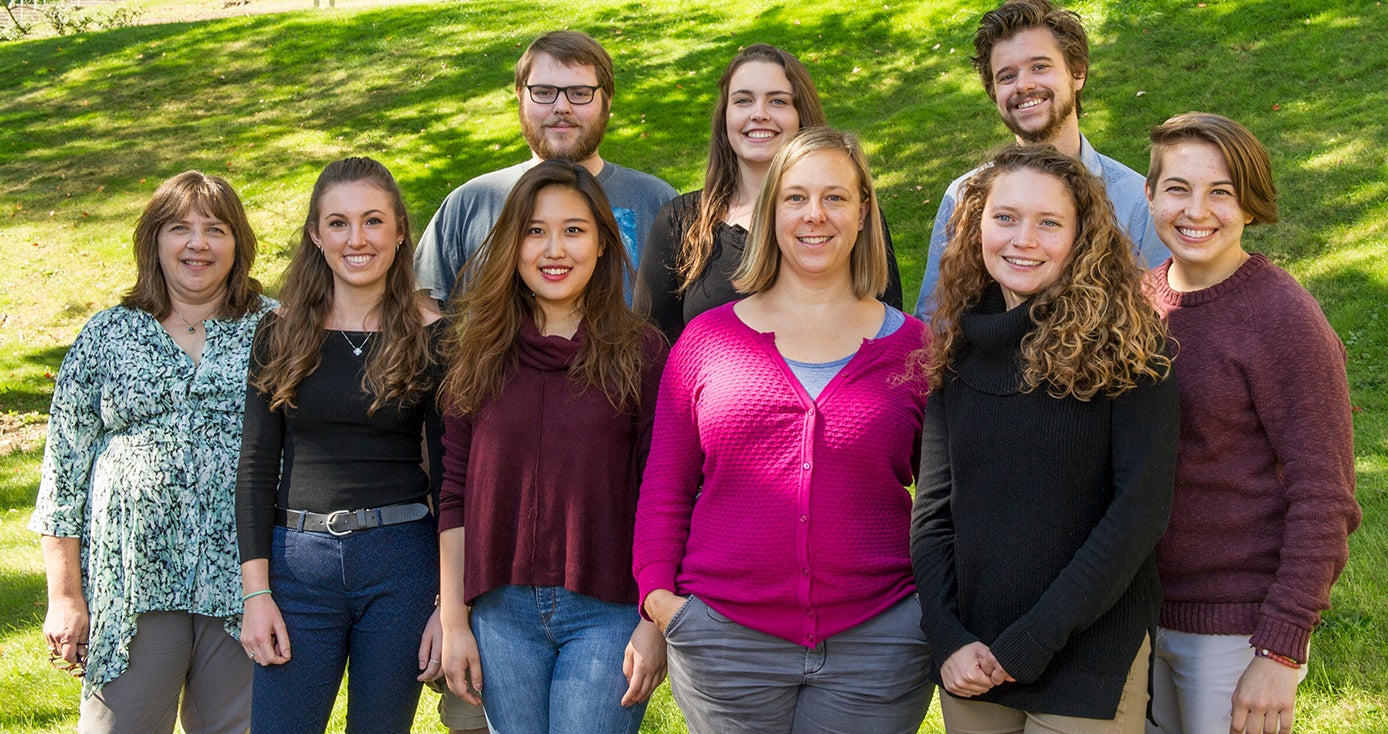
Subscribe to Pittwire Today
Get the most interesting and important stories from the University of Pittsburgh.Off-beat Circadian Rhythms Might Have SAD Effects During Shorter Winter Daylight Hours
Circadian rhythms influence the timing of much more than just sleep. The body clock regulates everything from coordination, alertness and reaction time to temperature, blood pressure and metabolism — all to varying degrees throughout the 24-hour day.
“If you were to switch the timing of any of those things, or even just shift or disrupt or delay it,” said Kathryn Roecklein, “you could have all kinds of problems.”
Roecklein is an associate professor of psychology at the University of Pittsburgh who studies mood disorders and circadian biology from a behavioral genetics perspective — that is, how genetic makeup and personal experiences interact. Right now, her lab is trying to figure out why only some people end up with seasonal depression, also known as seasonal affective disorder, or SAD, even though all people in colder climates share a winter season with less light. Circadian rhythms, she said, could be a key.
“What I tell students is, if the gears of the watch are made of metal, the gears of the circadian clock are made of genes and proteins,” Roecklein said.
When the “master” clock in the brain receives signals from the eyes about what time of day it is, it signals smaller clocks at the cellular level to kick certain systems into high gear or to tone down activity, she said. But after daylight saving time ends, the winter months bring fewer sunlit hours, which can temporarily throw off these rhythms. For some people, that light adjustment is especially difficult to make.
If the interaction between genes and the environment is what leaves certain individuals differently vulnerable to diseases, Roecklein is trying to pinpoint exactly where things go wrong for people with SAD.
In 2001, she found supporting evidence for the idea that individuals with SAD might be less sensitive to light. Cells in the retina called melanopsin did a poorer job sending signals about the time of day to the master clock in the brain than melanopsin cells in healthy controls. With the circadian rhythms out of sync, the brain started to display risk factors for major depression: changes in hormone secretion, sleep and appetite, among others.
“We think that about 38 percent of it is genetics — maybe genes for processing light, or circadian genes," she said. "And then 62 percent is environmental. We think that includes sunlight as well as some childhood experiences that you get from your environment.”
Gender also plays a role. Women are four times as likely to report having SAD as men are, Roecklein said. She’s also found mounting evidence of an understudied link between disrupted sleep and circadian rhythms and a woman’s risk for breast cancer. At its most basic level, “cancer is uncontrolled cell replication. Cell replication is controlled by clocks in the cell,” Roecklein said. Other long-term health concerns like diabetes and heart disease have been linked to chronic sleep and circadian disruption, as well.
There is, however, an upside.
The good thing about studying SAD, Roecklein said, is that it’s predictable.
“If you were to take a bunch of people with major depression and just wait for them to get better to see what they look like without depression, you’d basically almost never finish that study.”
With SAD, it's much easier to be able to identify risk factors in individuals from across the different stages of depression, she said.
Roecklein said the hope is that a better understanding of the causes behind seasonal affective disorder will ultimately lead to better, more personalized ways to treat both SAD and depression.


